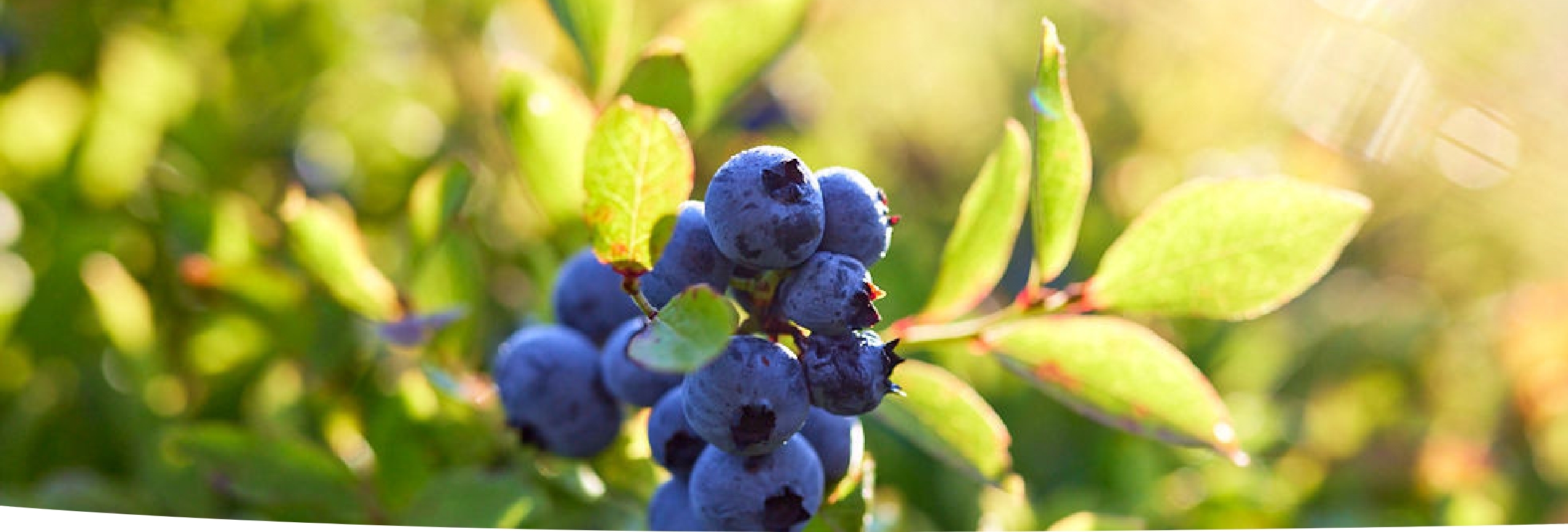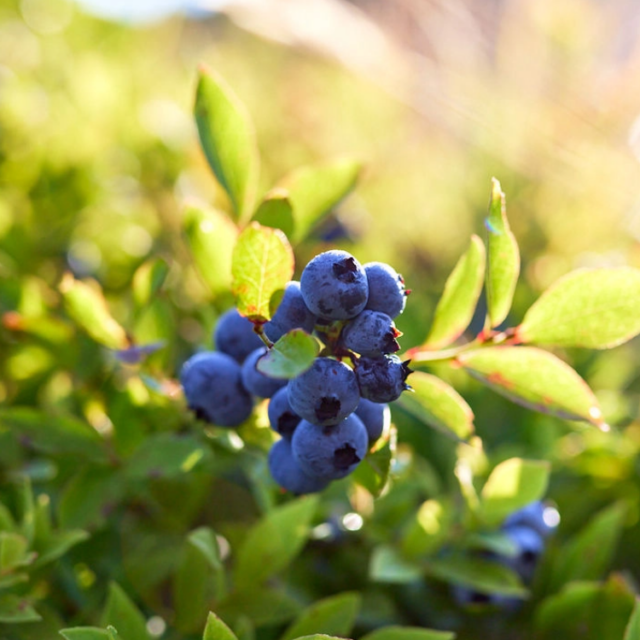High anthocyanin intake is associated with a reduced risk of myocardial infarction in young and middle-aged women.
Background
Our current knowledge of modifiable risk factors to prevent myocardial infarction (MI) in young and middle-aged women is limited, and the impact of diet is largely unknown. Dietary flavonoids exert potential beneficial effects on endothelial function in short-term trials; however, the relationship between habitual intake and risk of MI in women is unknown.
Methods and Results
We followed up 93 600 women 25 to 42 years of age from the Nurses’ Health Study (NHS) II who were healthy at baseline (1989) to examine the relationship between anthocyanins and other flavonoids and the risk of MI. Intake of flavonoid subclasses was calculated from validated food-frequency questionnaires collected every 4 years using an updated and extended US Department of Agriculture database. During 18 years of follow-up, 405 cases of MI were reported. An inverse association between higher intake of anthocyanins and risk of MI was observed (hazard ratio, 0.68; 95% confidence interval, 0.49–0.96; P=0.03, highest versus lowest quintiles) after multivariate adjustment. The addition of intermediate conditions, including history of hypertension, did not significantly attenuate the relationship (hazard ratio, 0.70; 95% confidence interval, 0.50–0.97; P=0.03). Combined intake of 2 anthocyanin-rich foods, blueberries and strawberries, tended to be associated with a decreased risk of MI (hazard ratio, 0.66; 95% confidence interval, 0.40–1.08) in a comparison of those consuming >3 servings a week and those with lower intake. Intakes of other flavonoid subclasses were not significantly associated with MI risk.
Conclusions
A high intake of anthocyanins may reduce MI risk in predominantly young women. Intervention trials are needed to further examine the health impact of increasing intakes of commonly consumed anthocyanin-rich foods.
Read full article
